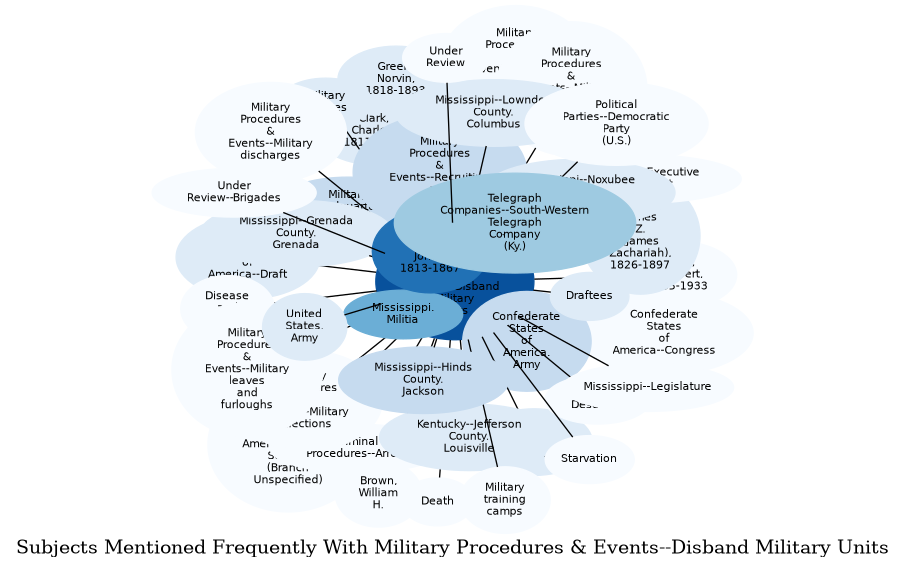Description
During the American Civil War, to disband a military unit was to formally dissolve it. Once dissolved, soldiers returned to their state capitals to deposit their weapons and other publicly owned property. Units were disbanded for a number of reasons throughout the war, including the end of their service agreement and surrender. Frequently, officers disbanded a unit with diminished strength and reorganized it to form a full strength unit. As the Lieber Code did not recognize un-uniformed guerrilla fighters, it was also common for leaders of guerrilla units, like Confederate Col. John Singleton Mosby, to disband their command rather than formally surrender.
Following Confederate Gen. Robert E. Lee's surrender of the Army of Northern Virginia at Appomattox Court House in April 1864, the enormous process of demobilizing all Confederate armies began. The terms for disbanding Confederate military units Union Gen. Ulysses S. Grant offered Lee were mimicked by other Union commanders. Rather that disbanding the men without any restraints, Grant classified them as paroled prisoners of war, which would legally forbid them for taking up arms against the United States again. (Caroline E. Janney, Ends of War, p. 26; 47)
See also: https://www.archives.gov/publications/prologue/2015/spring/cw-surrenders.html
Related Subjects

The graph displays the other subjects mentioned on the same pages as the subject "Military Procedures & Events--Disband Military Units". If the same subject occurs on a page with "Military Procedures & Events--Disband Military Units" more than once, it appears closer to "Military Procedures & Events--Disband Military Units" on the graph, and is colored in a darker shade. The closer a subject is to the center, the more "related" the subjects are.